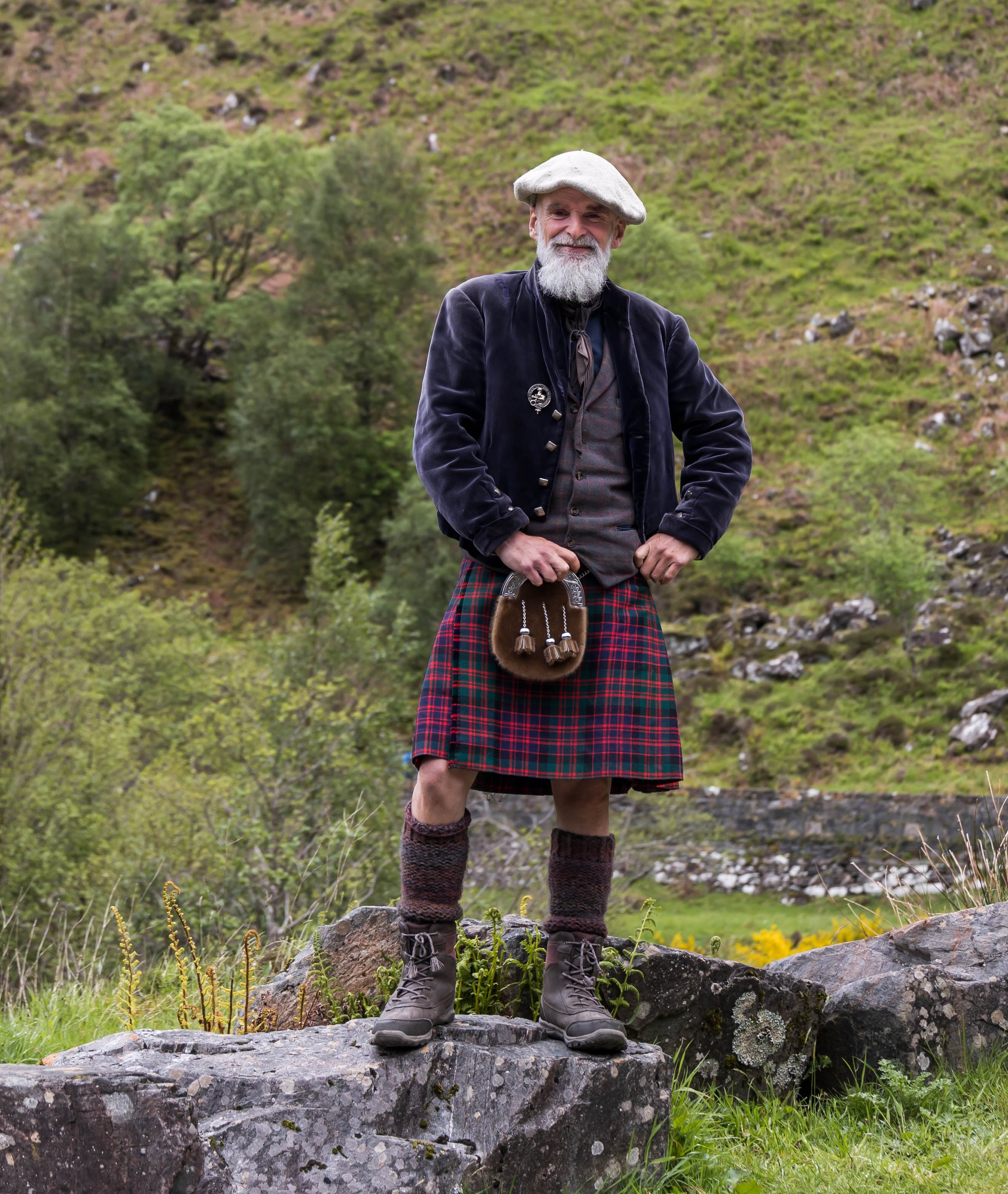The name “Nova Scotia” is Latin for “New Scotland,” reflecting the origins of some early settlers, including Karl’s great-great-grandfather - Samuel Creelman Sr.
The Creelman’s arrived in Nova Scotia from northern Ireland after offers of land from the British Government. Land Agent Colonel Alexander McNutt of the British Army placed an advertisement in the local Belfast newspaper in 1761, promising opportunities not available in Ireland. A small group of the passengers travelled to Nova Scotia to scout out the land that was being promised and provided this testimony that subsequently appeared in the Belfast news:
These may certify, that we, the subscribers, being chosen a committee by the people arrived in this province, from the kingdom of Ireland, the last summer, have at their request journeyed to the basin of Minas and Cobequid and diligently viewed the land situated on those bays, which were reserved for Col. McNutt, and his associates; and are of opinion, that the said lands are equal in goodness, and fully answer the description given by him in an advertisement, published by him at Londonderry, bearing date the 20th day of April, 1761. And do further certify, that in our opinion the said lands and soil is equal in goodness to the best lands in Ireland, and capable of producing wheat, rye, barley, oats, peas, hemp, flax, potatoes, turnips, and all sorts of garden stuff, which grow here with the greatest luxurience; and (as some of us have been in the province of Pennsylvania) that the soil of this country is much richer, and bears everything larger and in greater abundance than that of Pennsylvania; and that all the selling, and transporting his produce; whereas those to be granted in Pennsylvania, are more than two hundred miles within land, and that carrying the produce to market there costs as much as the several species of grain are worth at market. And we take the opportunity to assure all our countymen that our reception here exceeded far what Col. McNutt had assured us of; and that we found all the inhabitants ready to assist, and promote us in our undertaking, with all good offices, and treated us with goodness and humanity. (Signed by 16 men, 15 from County Donegal and 1 from County Antrim).
And with that, the Creelmans* –– along with 300 other settlers –– set sail for Nova Scotia.
The first official record we find is for Samuel Creelman Sr. (Samuel the 1st), born in 1728 in Coleraine County, Londonderry, Ireland. Then in 1748, Samuel married Isabel Fleming, also from Northern Ireland. Samuel and Isabel, like those other settlers who were “invited” to Nova Scotia by Col. McNutt, weren’t considered Irish but Ulster-Scots.
Okay, dear reader, we need to digress.
The Ulster-Scots, otherwise known as Scotch-Irish, are descendants of the Scottish who settled in northern Ireland, specifically in Ulster. They have a distinct dialect, known as Ullans and their cultural traditions. So although the Creelman’s came from Ireland, they don’t consider themselves “Irish”.
Samuel and Isabel are parents of three sons and three daughters (Margeret, Samuel (2nd), Francis, Matthew, Anne, and Nancy). Samuel (2nd) was born in 1751 and lived in Upper Stewiacke, Colchester, Nova Scotia, marrying Mary Campbell in 1775. Samuel (2nd) and Mary had 12 children. A son, John Creelman, is Karl’s grandfather.
Karl’s arrival in Scotland is returning to the ancestral home of many Nova Scotians, including his own family. His journey started when he arrived in Berwick on May 8, 1901, and he travelled extensively through Scotland to the small village of John O' Groats at the northeastern tip, then southwest to the bustling city of Glasgow. This is an exciting leg of our journey, and I hope you’ll enjoy our adventures through Scotland.
*You can imagine, dear reader that there are a lot of Creelmans in Nova Scotia and throughout Canada thanks to Samuel and Isabel, and you’d be right. Over the last few months, I’ve had quite a few conversations with various descendants from Samuel (3rd), John’s brother, including one particular family member who has charted the lineage of 15000 Creelman’s. Stay tuned for some more chronicles about the Creelman family as we progress on our journey.
In case you’ve missed them, click here for more Karl Chronicles
The Karl Journey is now registered as an official expedition with the Royal Geographical Society

